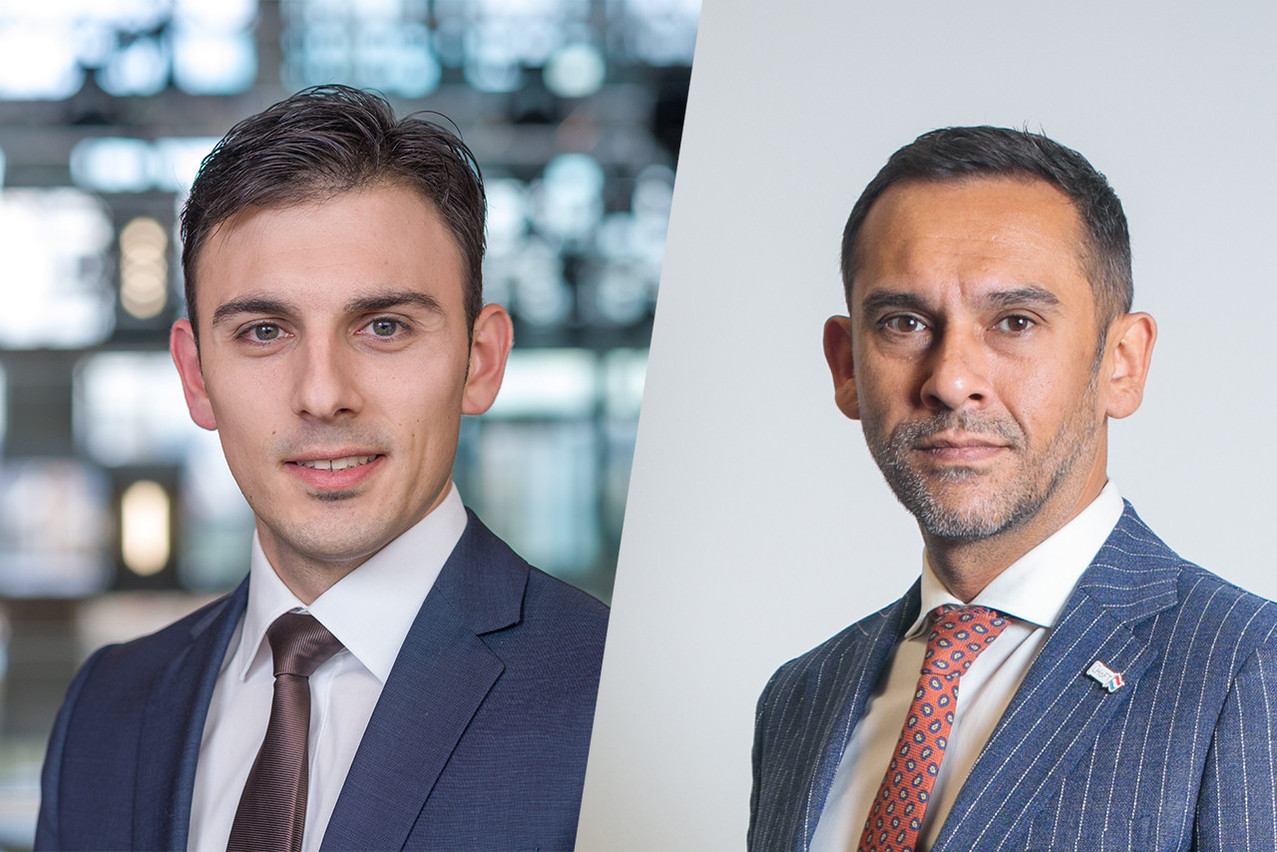In May, panelists at the agreed that confidence in cryptoassets had been seriously dented in the wake of a series of high-profile market failures and that investor trust had to be rebuilt.
Campione said the underlying cryptoasset technology was not to blame for the market failures, rather the way certain crypto asset service providers operated and misappropriated funds. However, individuals and institutional clients using cryptoasset providers also have a duty to perform their due diligence, he explained. “You should be mindful of the fact that if someone is proposing something that is too good to be true or not serious enough, you need to pay attention.”
New rules under the EU Markets for Cryptoassets (Mica) Regulation will impose stricter requirements on service providers. Campione believes the regulations will force some players to leave the market and set in motion consolidation within the industry. “Cryptoasset service providers need to step up their game otherwise they will exit the market.”
Campione said investors in the crypto assets space still have a lot to learn. Knowledge about the specificities relating to crypto assets had been “below average” among institutional investors but progress is being made, he explained. “We are moving away from a passionate approach to crypto assets, to a more sensible approach.”
Cryptoasset market a “free-for-all”
Nearly three-fourths of asset and wealth managers surveyed in Luxembourg are concerned that market infrastructures for cryptoassets lack maturity, according to PwC and Lhoft’s .
Zubairi said the cryptoasset market was currently a “free-for-all” and that certain market actors needed to take on the role of market makers. “You need institutional grade market makers to control the markets and the pricing.”
A major concern is asset protection and the inability to move assets between off-exchange settlement networks (OESN). Jean-Baptiste Graftieaux, CEO at Bitstamp, a Luxembourg-based crypto exchange, addressed this issue in his survey answers, saying service providers offered clients varying levels of asset protection and the ability to move assets between different off-exchange settlement networks was a significant market challenge. Addressing this challenge “will increase usage and also provide more comfort to clients who want this protection when trading with exchanges,” he is quoted as saying.
Campione said the events of 2022 showed there was an inherent risk from crypto exchanges that both execute trades on behalf of their clients and act as a custodian. “There’s a risk that there is no reciprocation of assets and that entities can use your assets to take leveraged positions.”
By being able to move cryptoassets between different OESNs, investors can remain in full control of their assets and remove counterparty risk from the exchange, Campione explained. “These are the kind of innovations that we see in the space that are fixing the lack of maturity.”
Zubairi said most of the focus in cryptoassets had been on front-end exchanges and that institutional grade technology of the asset management value chain has been missing. “What we now need and what we’re seeing is this institutional grade technology being developed, from the reporting side into the custody side and through to the accounting side, it’s going downstream to support that front-end.”
Luxembourg’s top-notch legal experts
On May 16, , the first EU level legal framework on crypto assets. Campione said because the EU regulation applies to all 27 member states, the only thing that will set Luxembourg apart from other EU countries is its expertise and willingness to move forward. “If we are not trying to stand out of the crowd, there is no reason for someone to go to Luxembourg, versus say France or Germany.”
But Zubairi said Luxembourg’s legal expertise and access to other industry players was a significant advantage. “Legal is absolutely critical. When I look at the skillset and know-how of many legal firms in Luxembourg around Mica and around crypto assets, they're top notch already.”
